9+ SAMPLE Child Protection Action Plan
-
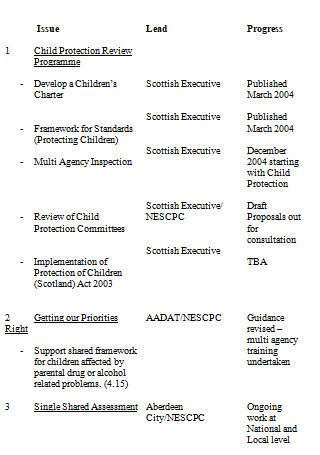
Child Protection Review Action Plan
download now -
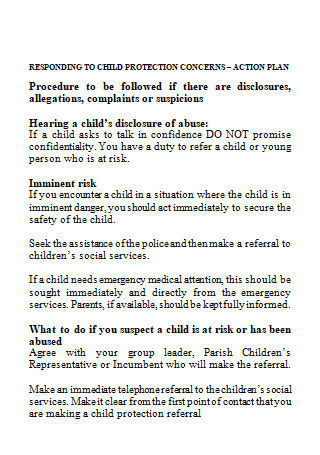
Responding Child Protection Action Plan
download now -
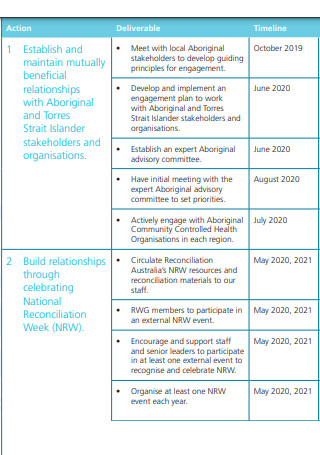
Child Protection Reconciliation Action Plan
download now -
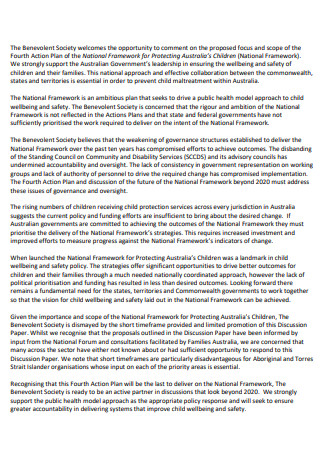
Framework for Child Protection Action Plan
download now -
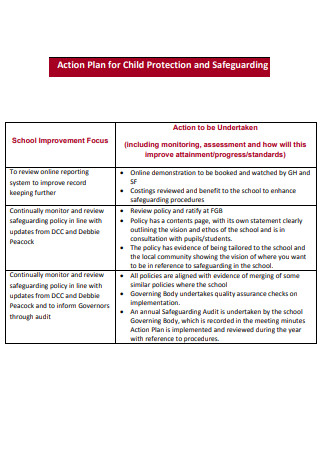
Child Protection and Safeguarding Action Plan
download now -
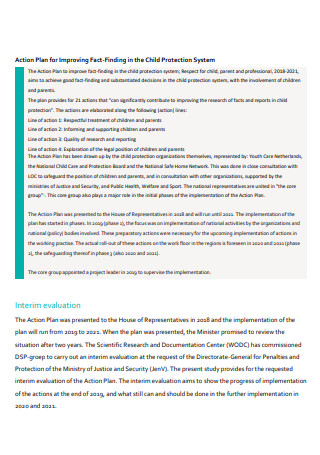
Child Protection System Action Plan
download now -
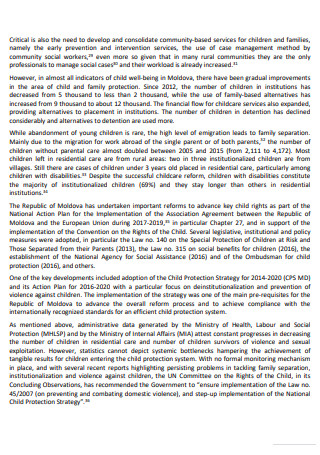
Child Protection Strategy Action Plan
download now -

Child Protection Cascading Project Action Plan
download now -
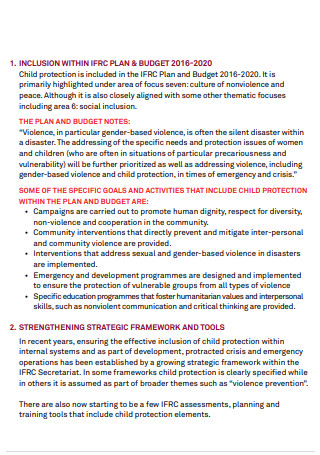
Child Protection Action Plan
download now -
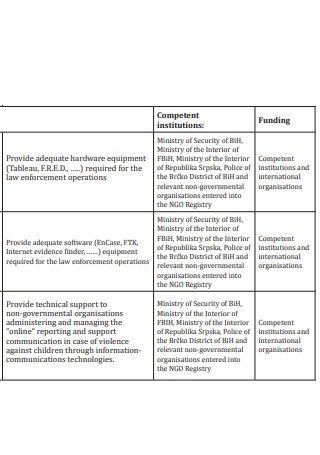
Child Protection And Prevention Action Plan
download now
FREE Child Protection Action Plan s to Download
9+ SAMPLE Child Protection Action Plan
What Is a Child Protection Action Plan?
Why Is It Important To Have A Child Protection Action Plan?
What Are The Key Principles Of The Children’s Order 1995?
How Long Can A Child Stay On A Child Protection Plan?
What Are The Different Types Of Child Abuse?
What is the first duty of a child?
How are children’s rights violated?
FAQs
What is the most common reason for a child protection action plan?
Do social services or social workers spy on you?
What is the difference between safeguarding and child protection?
What are the basic child rights?
What Is a Child Protection Action Plan?
A Child Protection Action Plan refers to structures and strategies aimed at protecting children from exploitation, abuse, neglect, and violence. This maltreatment of children includes early marriage, child labor and other forms of exploitation, and all forms of abuse, including sexual abuse and physical violence against children in homes, schools, and wider communities, according to United Nations in 1989. This action plan is closely linked to the better care of children, which involves making sure that more children grow up in a really safe and caring families, or when this is not possible, have a range of high quality, alternative care choices open to them. The child protection action plan is an act of giving clear nature of concerns to the child, family, and all relevant professionals about what resulted in the child requiring the plan. This type of plan should be able to identify the lead professionals and who will be a member of the core group. It should outline the proposed child protection plan and it should be able to specify the date for the first core group meeting, which needs to take place within 10 days of the conference.
There should be a clarity about who will have the responsibility for some actions, which includes the actions of the family members, and within what specified timescales. This action plan describes the identified developmental needs of the child and what therapeutic services are required. A child protection plan should set out realistic strategies and specific actions to achieve the planned outcomes, including any further specialist assessments of the child and/or family. This should include specific, achievable, child-focused outcomes intended to safeguard and promote the welfare of and reduce the risk to the child. In addition, this should set out the arrangements for monitoring, including the nature and frequency of contact by professionals. This will include routine contacts by general practitioners, health visitors, and teachers and also the professionals who may provide additional support with children and family members. This identifies when the progress will be checked and the means by which progress will be judged. The plan requires to be culturally sensitive and appropriate for those with disabilities, and should outline a contingency plan and the circumstances which is necessary to use.
Why Is It Important To Have A Child Protection Action Plan?
It is important to have a child protection action plan because inadequate care and protection violates children’s rights. This has been killing children all over the world, in addition, violence and neglect are major causes of early death. The United Nations Convention on the Rights of the Child (UN 1989)—known to be the most widely and rapidly ratified human rights treaty in history—commits states to taking action on child protection through numerous articles including those relating to child labor, child trafficking and sexual exploitation; abuse and neglect within and outside of the home; family support and separation from parents, and the provision of alternative care. The Convention is supported by several other international agreements, including those relating to alternative care and child labor. These agreements represent an obligation to make sure that girls and boys are free from any forms of abuse, neglect, and exploitation, and that all children grow up safe and protected within families.
Inadequate care and protection threatens the well-being and stops children from developing and learning to their full potential.
What Are The Key Principles Of The Children’s Order 1995?
- Prevention. This is described as activities that stop a behavior or an action, and may also be a term used to represent activities that promote a positive behavior or action.
- Paramountcy. This refers to the needs of the child to always come first.
- Partnership. Refers to the parents, families, and practitioners working together for the benefit of the children. There must be a solid trust, transparency, and responsibility from all parties involved.
- Protection. This means safeguarding children from harm. Harm means abuse, violence, exploitation, and neglect
- Parental Responsibility. This is defined in the Children Act 1989 as, “all the rights, duties, powers, responsibilities and authority which by law a parent of a child has in relation to the child and his property.” This means there is the legal authority to make decisions about important aspects of a child’s life—including their name, school, place of residence, and religious upbringing.
How Long Can A Child Stay On A Child Protection Plan?
There is what is called the first conference that takes place three months after the plan is made and then every six months. If everything goes well, the plan will eventually end. Usually, a child will require a child protection plan for no longer than two years. In some cases where there is no improvement or no progress, it may be necessary for the court to be involved and the judge decides on what needs to happen to the child.
What Are The Different Types Of Child Abuse?
Child abuse is defined as maltreatment or neglect leading to sexual, physical, emotional injury or harm. Here’s an explanation per types of child abuse:
What is the first duty of a child?
The duty of a child is to show right manners to their parents, teachers, elders and youngsters. They should also be taught to pay attention to their personal hygiene, help people in need, and share things with others (of course, with consent). At an early age, children should be properly introduced to giving consents in order for them to set boundaries. This means everything should be clearly and freely communicated and with agreement of both parties. Example of these are: giving a hug or kiss, borrowing things from others, asking for something, etc. Adults should create a safe environment for a child where they are free to express how they feel because this might as well save them from future traumas.
How are children’s rights violated?
The children’s rights are violated once there is the presence of child poverty, violence in all its forms, discrimination against girls, children born outside of wedlock, children with disabilities, migrant, asylum seeking, stateless and refugee children.
The section below shows the break down of physical indicators and behavioral indicators per abuse and how the children’s rights are violated:
1. Physical Abuse
Physical indicators:
- Unexplained bruises or burns particularly if they are recurrent.
- Human bite marks, bald spots or welts
- Unexplained lacerations, fractures or abrasions
- Untreated injuries
Behavioral Indicators:
- Self-destructive tendencies
- Chronic runaway
- Unimaginable excuses given to explain injuries
- Aggressive or withdrawn
- Fear of returning home
- Clothing inappropriate to weather—worn to hide a part of the body
- Hesitant to have physical contact
2. Emotional Abuse
Physical indicators:
- Sudden speech disorder
- Signs of mutilation
- Signs of solvent abuse (eg smell of glue, mouth sores, drowsiness)
- Wetting or soiling
- Poor peer relationships
- Attention seeking behavior
Behavioral Indicators:
- Reluctance for parent liaison
- Neurotic behavior (eg rocking, hair twisting, thumb sucking)
- Fear of new situations
- Chronic runaway
- Inappropriate emotional responses to painful situations
3. Sexual Abuse
Physical indicators:
- Torn, stained or bloody underclothes
- Soreness or bleeding in the genital or anal areas or in the throat
- Chronic ailments such as stomach pains or headaches
- Frequent urinary or yeast infections
- Difficulty in walking or sitting
- Vulnerable diseases
- Unexplained pregnancies
Behavioral Indicators:
- Be severely depressed or suicidal
- Inappropriately seductive or precocious
- Sexually explicit language
- Low self-esteem, self-devaluation, lack of confidence
- Recurring nightmares or fear of the dark or fear of being alone in the dark/unfamiliar place
- Outbursts of hysteria/anger
- Overly protective to siblings
4. Neglect
Physical indicators:
- Constant hunger
- Being homeless
- Untreated medical problems
- Poor state of clothing or personal hygiene
- Abnormally thin or weak body
- Constant tiredness
Behavioral Indicators:
- Tiredness, listlessness
- Lack of social relationships
- Compulsive stealing, begging or scavenging
- Frequent absence or tardiness
- Low self-esteem
FAQs
What is the most common reason for a child protection action plan?
The most common reason for a child protection action plan is to promote and continue to campaign the child’s welfare, health and development—provided, it is in the best interests of the child, to support the family and wider family members to safeguard and promote the well-being of their children.
Do social services or social workers spy on you?
Yes. They setup dummy accounts on social media to check up on you. Social services or social workers can show up unannounced as well. They need to evaluate the situation in actual without any coverup. It also an opportunity for them to see the child and the guardians without pre-planning processes that may have occurred prior to a planned or expected visit. In addition, this provides a balanced perspective of the quality of life for the child in the home.
What is the difference between safeguarding and child protection?
The difference between safeguarding and child protection is that safeguarding is what the society does to protect individuals—particularly the children, women, and vulnerable adults—from harm such as abuse, neglect, and sexual exploitation. On the other hand, child protection is the way to respond to abuse and violence. This focuses on protecting children who are identified as suffering or likely to suffer significant harm. Child protection features the details on how to respond to concerns about a child.
What are the basic child rights?
Every child has the basic right to basic needs like a balanced diet, adequate clothing, sufficient shelter, and proper healthcare.
According to United Nations International Children’s Emergency Fund (UNISEF), the child rights that we should all know are the following: a) the right to survival—children have the right to register their name and nationality; they have the right to be cared for and be protected by their parents and not be separated from their families; b) the right to protection—they have the right to be protected from all forms of harm including domestic violence; this includes being protected from child labor, tasks that are dangerous or impede their education; c) the right to development—education and development are essential rights; this should begin with the right to access to early childhood development services and access to information from various sources with parents responsible for giving guidance; children with special needs such as children with disabilities must have equal rights to development and education that enable them to realize their potential and meaningfully participate in the society; d) the right to participation—they may be small in size but they fully have the right to express their thoughts, views and opinions, and participate in society particularly in the areas affecting them; their voices must be seriously taken into account in line with their age and maturity.
UNISEF adds that the government is obliged to take action to ensure that every child in the country, regardless of who they are, equally enjoy the rights under the Convention.
The children worldwide suffer stealthy forms of violence, abuse and exploitation. Violence against children happens in every country, and in the places where children should be most protected—their homes, schools, and online. Abuse happens in so many forms causing children to grow up traumatized, depressed, or worse, suicidal. Different global organizations have been relentlessly campaigning to stop child abuse.
As ordinary individuals (considered adults), it is our duty to protect our children and guide them to the better way. We should give them a comfortable life—free from discrimination, abuse, violence, and exploitation. The children should enjoy a happy life so they can have this as a legacy that can be passed unto the next generation.
Child abuse can end if adults address their own unresolved issues. A long tail of history of traumas that has been passed on by generations will be cut off once the adults decide to acknowledge their bad experiences, do something about it, and be better.
